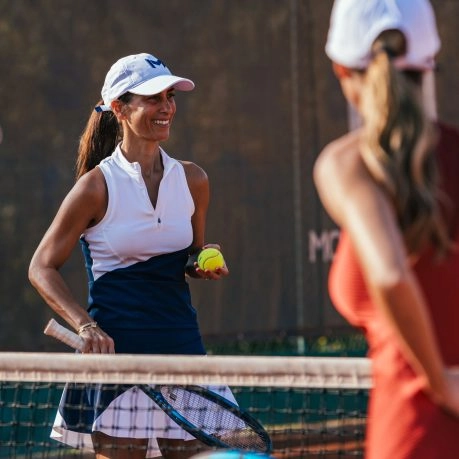If you want to improve your damping and incorporate it effectively into your game, nothing beats a tennis clinic. Our courses offerpersonalised support and allow you to work on your damping in optimum conditions. Our coaches will help you adjust your stroke, perfect your grip and better understand the tactics behind using a cushion at the right moment.
Our courses are open to players of all levels, and each programme is tailored to enable you to progress at your own pace. Whether you’re an amateur looking to refine your technique or a competitor looking to improve your performance, our coaches will guide you towards your goals. Our courses also cover other aspects of tennis such as serving, forehand and volleys.
Cushioning is not an easy tactic that can transform the way you play tennis. Although difficult to master, with practice and the right technique, it can become a formidable weapon in your arsenal. The key to success lies in mastering the grip, placement and camouflage. If you want to go further and make progress, don’t hesitate to sign up for a tennis clinic, where you’ll benefit from professional coaching and a tailor-made programme to make you a complete player.


















